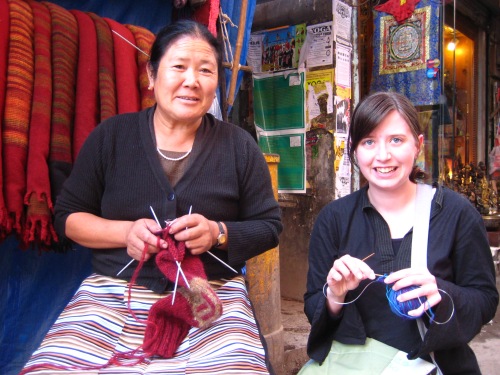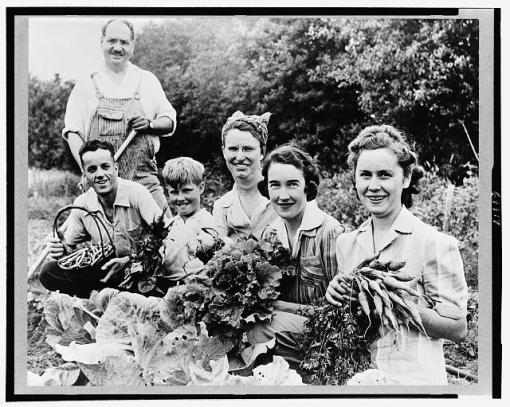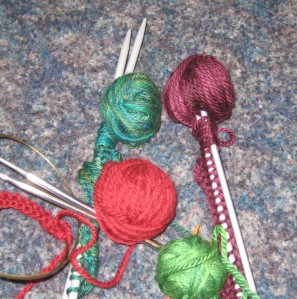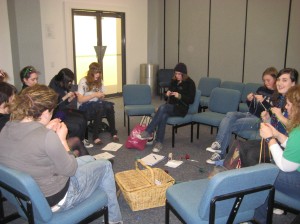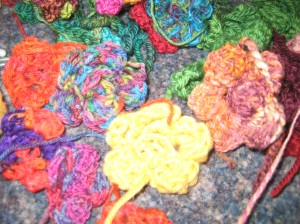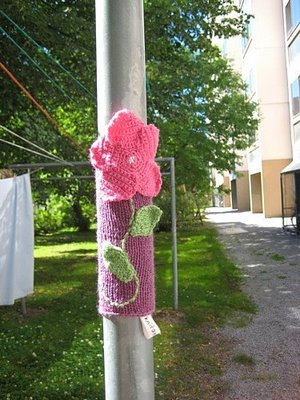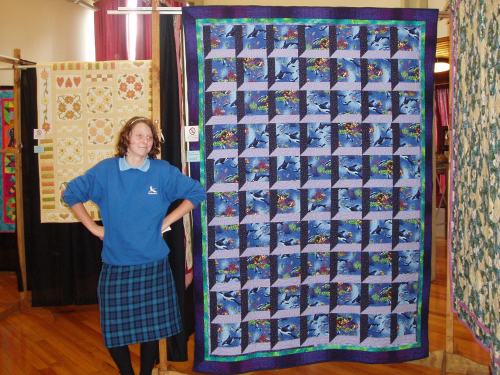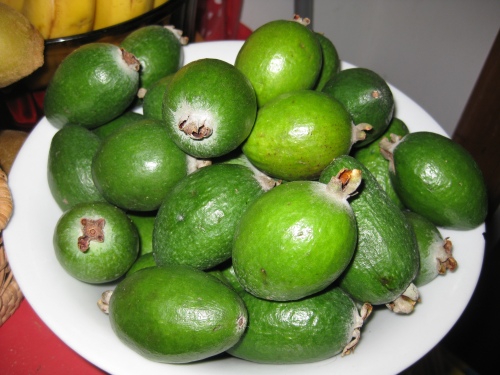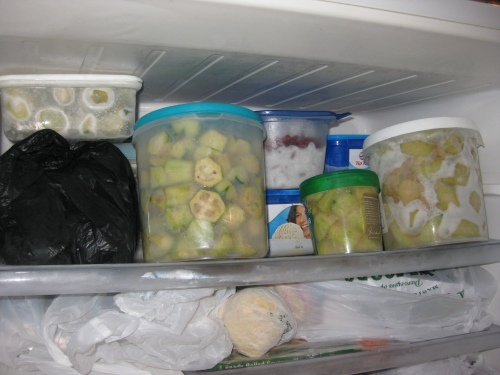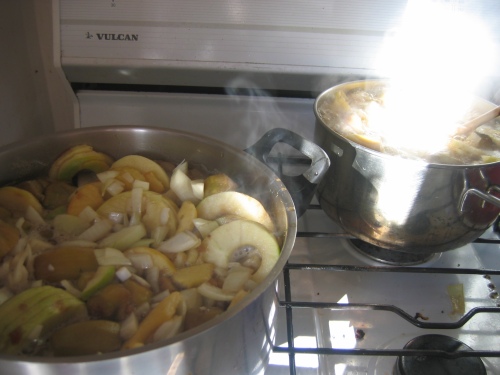Here is a fantastic column written about craftivism by the awesome Liz over at the VUW Salient magazine! Enjoy!

“Once I started knitting a scarf for my boyfriend’s 22nd birthday. This didn’t end well. We broke up three years ago and the half-formed scarf is still sitting belligerently at the bottom of my wardrobe. That was my sole foray into knitting. In third form (that’s Year 9 for you young’uns) I would stagger out of sewing class, covered in thread, fingers needle-pricked and bleeding, miserably attempting to hide my malformed, homemade cardigan behind my school uniform.
My background in craft is obviously not strong. Give me a vegan cupcake recipe and I’ll fatten you up in no time, but crochet hooks give me an uncomfortable feeling that someone—hopefully the person that handed me said crochet hook—will soon lose an eye. This ineptitude is a shame: craft is now socially desirable, just like Doc Martens and oversized, horrendously patterned jerseys.
If we travel back a few decades, craft wasn’t considered that cool. Store-bought, plastic-wrapped and seen-on-TV items were lusted after, not the flawed handmade-with-love variety. Real art got stuck up in huge galleries and real artists learned their skills at art schools and academies. Next there were skilled craftspeople making functional (and beautiful) woodwork, pottery and textiles. Then, finally, you had ‘women’s work’, activities like knitting, making clothes, weaving, crochet and the like. Never given value in economic systems, this important work was marginalised and often used to reinforce traditional gender roles. For feminists of my mum’s generation, handmade craft was considered a tool to keep women downtrodden.
But craft has come back with a vengeance. The ‘Stitch and Bitch’, Etsy.com and increased art-world interest has meant that handmade is not only appreciated, it’s also economically profitable. ‘Craftivism’ is the feral grandchild of this revival. A patchwork-Frankenstein’s Monster of craft and activism, the term was created in 2003 by writer Betsey Greer to describe “a way of looking at life where voicing opinions through creativity makes your voice stronger, your compassion deeper and your quest for justice more infinite”. Which, um, sounds really good, but leaves me questioning what a craftivist actually does?
A quick rifle through the internet throws out these suggestions: knitting pink blankets for tanks; guerrilla art; and ‘knit-ins’, where knitting circles take over a public space. Feminist, anti-capitalist, anti-war, environmentalist… craftivism can be all these things. For more clarification I had a chat with local crafty-lady Raven Cretney, who is part of Nanatech, a group “passionate about reinvigorating the skills of the past and present”. Raven was unsurprisingly enthusiastic, saying “Craft can be used for all sorts of purposes: to make a statement about a political issue through knit tagging, to brighten a public space, to make clothes for someone in need or to learn and build community.”
This was encouragement enough for me. While I have no plans to finish knitting my ex’s scarf, I do have plans to knit a tea-cosy covering the Beehive, or perhaps Gerry Brownlee.”
Thanks Liz for lending us your column!
-www.salient.org.nz/columns/craftivism




